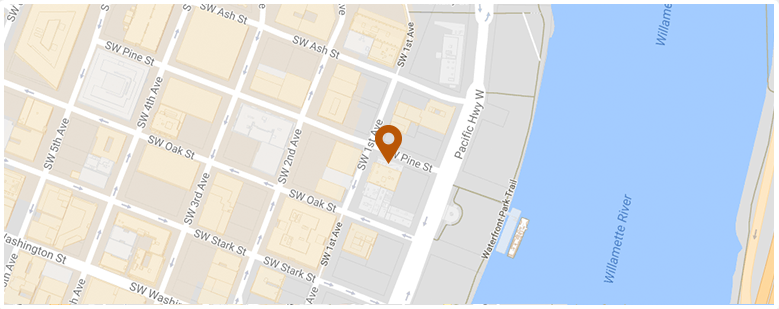An article just published by the online magazine Slate raises an intriguing question: is it safer to drive head-first into a parking spot, the way most Americans do? Or to back into it? The question is relevant because if there is strong data suggesting that backing into parking spaces is, by and large, safer that, in turn, would mean that we ought to begin looking at Oregon car accidents in different ways.
We all know, of course, that Portland car accidents can lead to any number of traumas: Oregon brain injuries, injuries to children, even wrongful death. Who among us has not had a near miss either when backing out of a parking space or when passing by (whether in a car or on foot) someone who is doing so without paying sufficient attention.
Though Slate notes that “parking lot crash statistics are a bit hazy,” it goes on to note: “a study by the Insurance Institute for Highway Safety in 2001 and 2002 found that 14 percent of all damage claims involved crashes in parking lots (some number of which must have involved vehicles moving in and out of spaces).” Further, the National Highway Traffic Safety Administration in a report to Congress last year estimated that “backover crashes,” as they are officially known, “cause at least 183 fatalities annually” as well as approximately 7000 injuries. The NHTSA is studying new rules that it hopes may lower these numbers by cutting the size of vehicle blind spots.
Pedestrians of all ages are at risk where Oregon backover crashes are concerned, as are Portland cyclists. As the government report notes however, it is children who are particularly vulnerable where backover injuries are concerned.
An Oregon child injury lawyer can help victims and their families as they as they consider their next moves in the aftermath of a backover crash or other Portland car accident. For the moment, it might also be good for the rest of us to at least think about Slate’s advice and consider backing into parking spaces more often. As the magazine notes, when you back in you have the opportunity in driving past the space to glance over and ensure that it is clear before starting to park. Similarly, when pulling out one has a clearer view of the traffic or the rest of the parking lot.
Slate: You’re Parking Wrong
National Highway Traffic Safety Administration: Vehicle Backover Avoidance Technology Study – Report to Congress
 Oregon Injury Lawyer Blog
Oregon Injury Lawyer Blog


